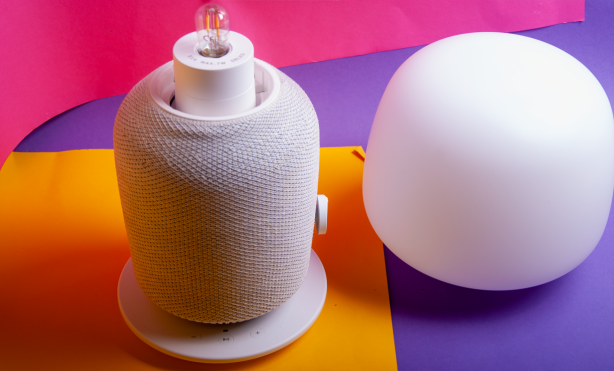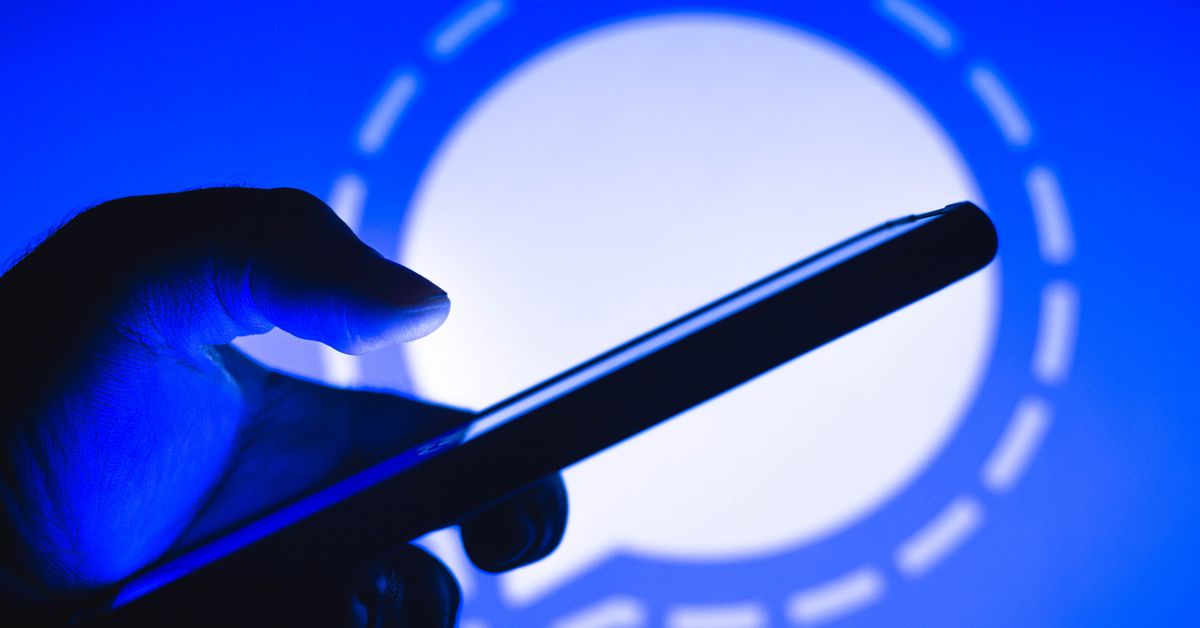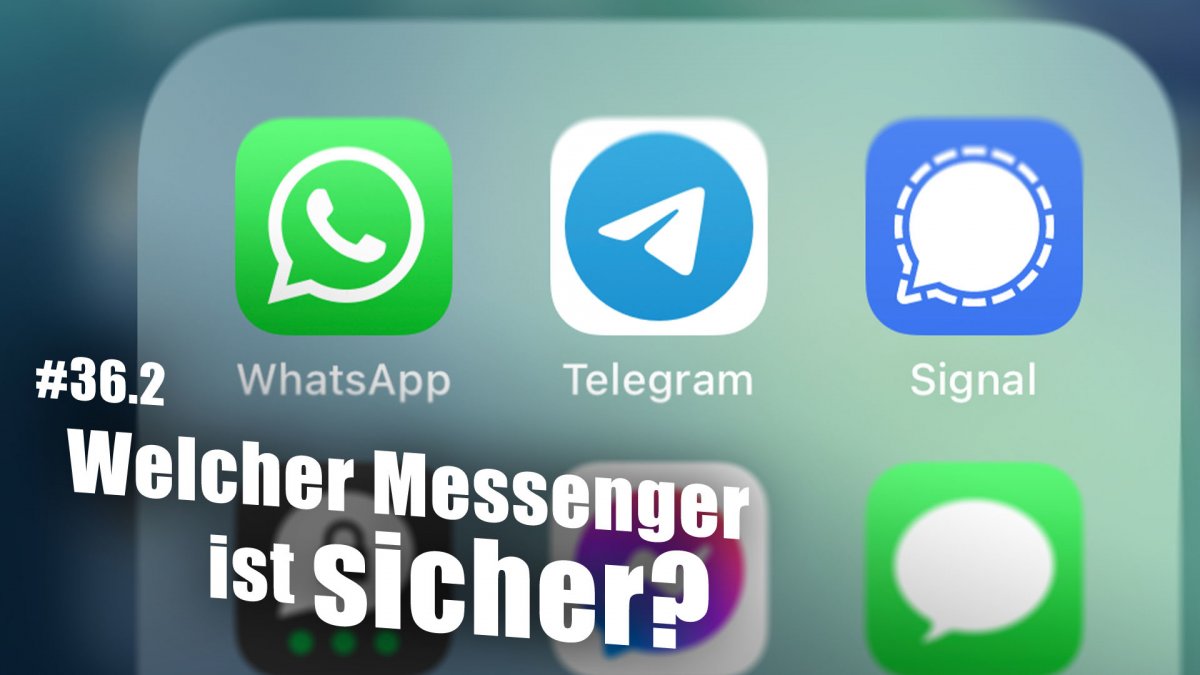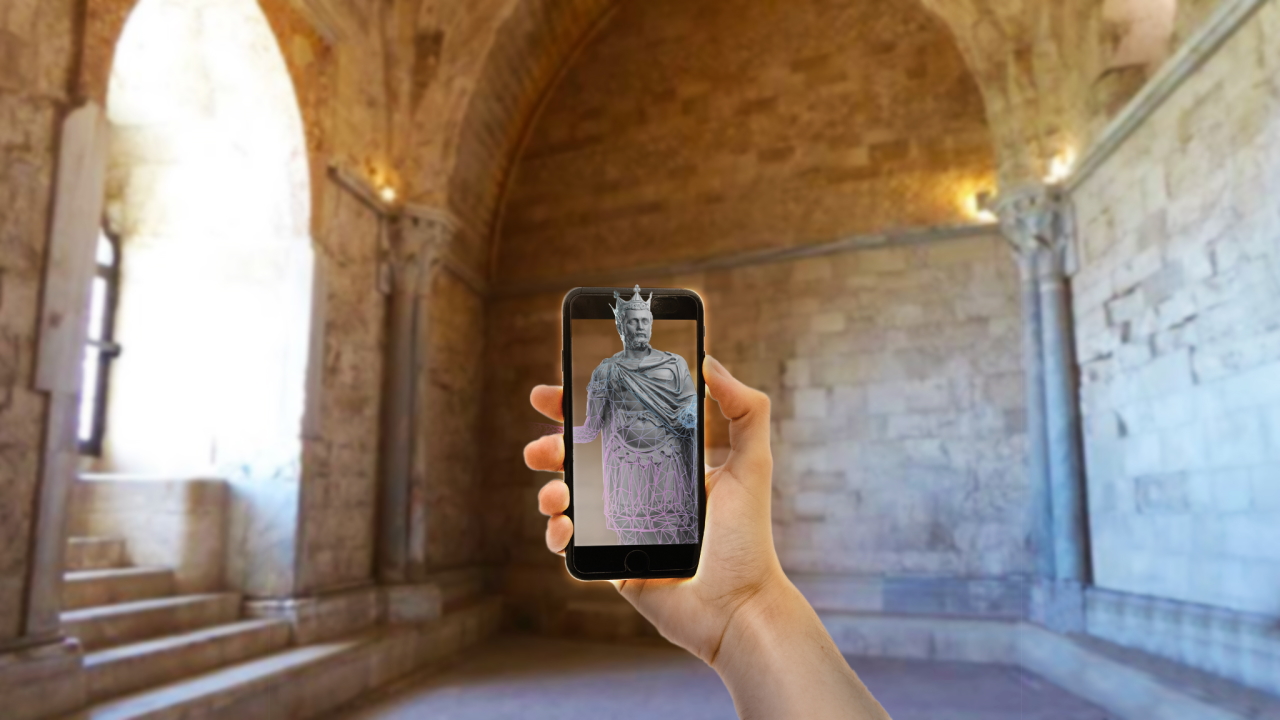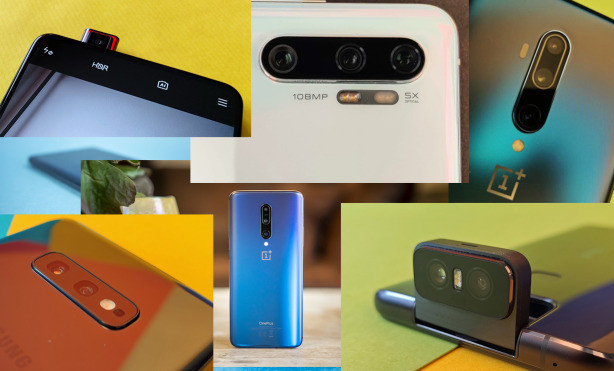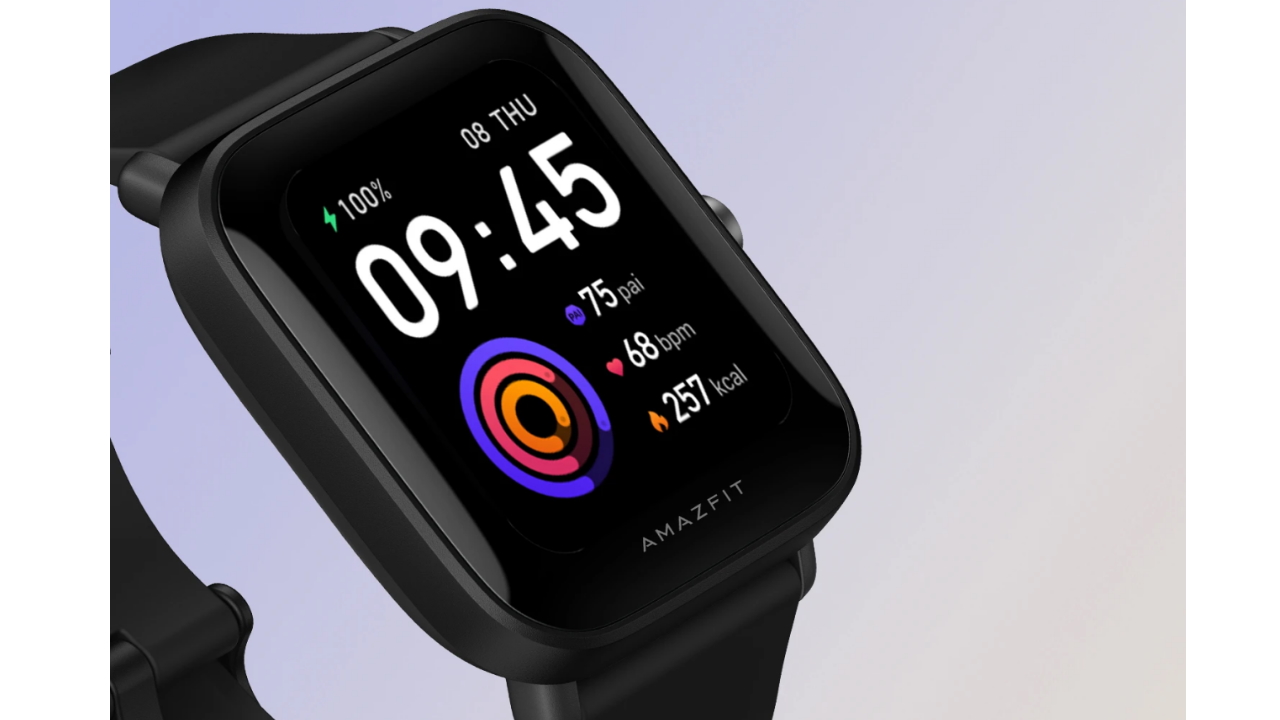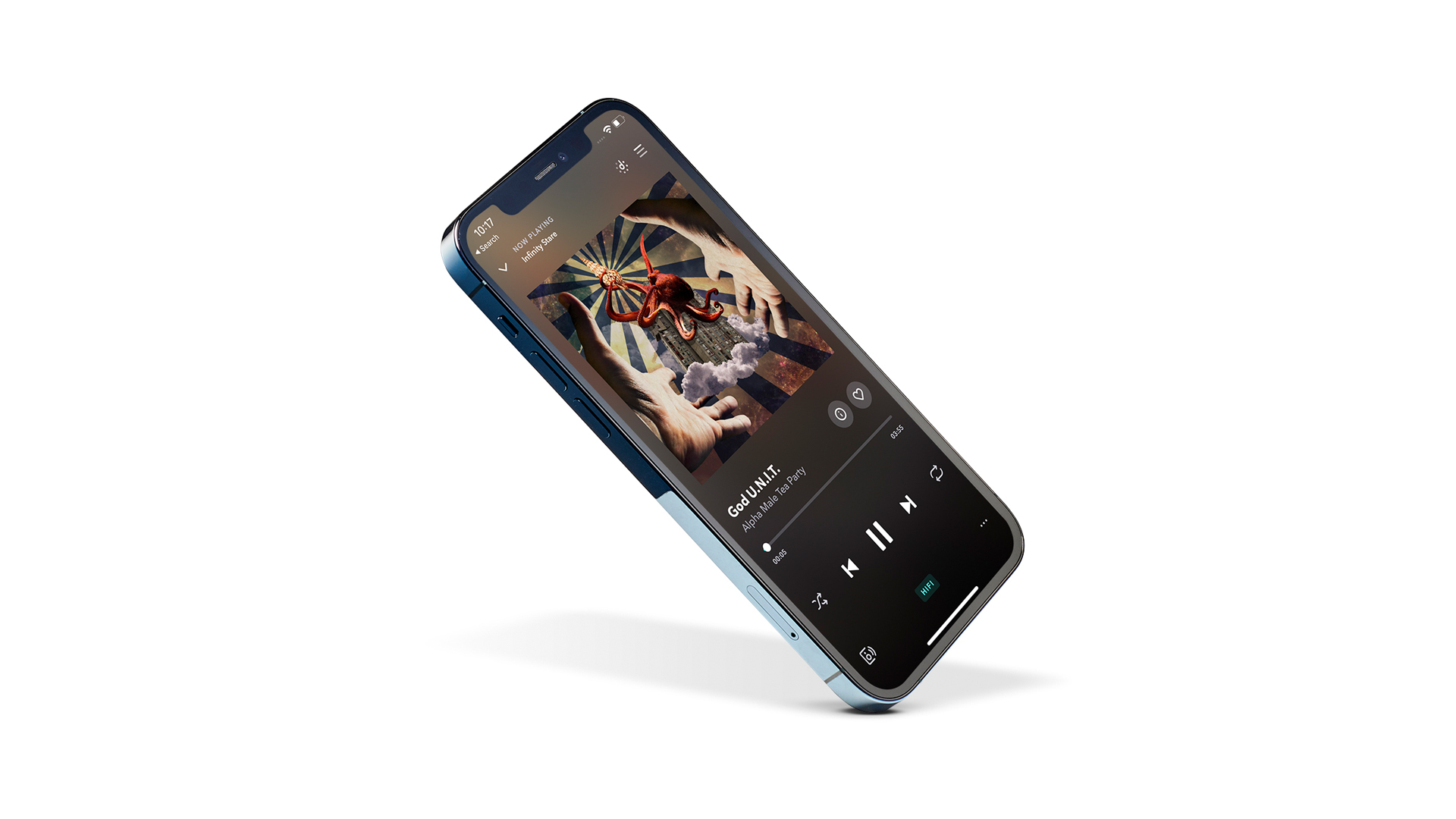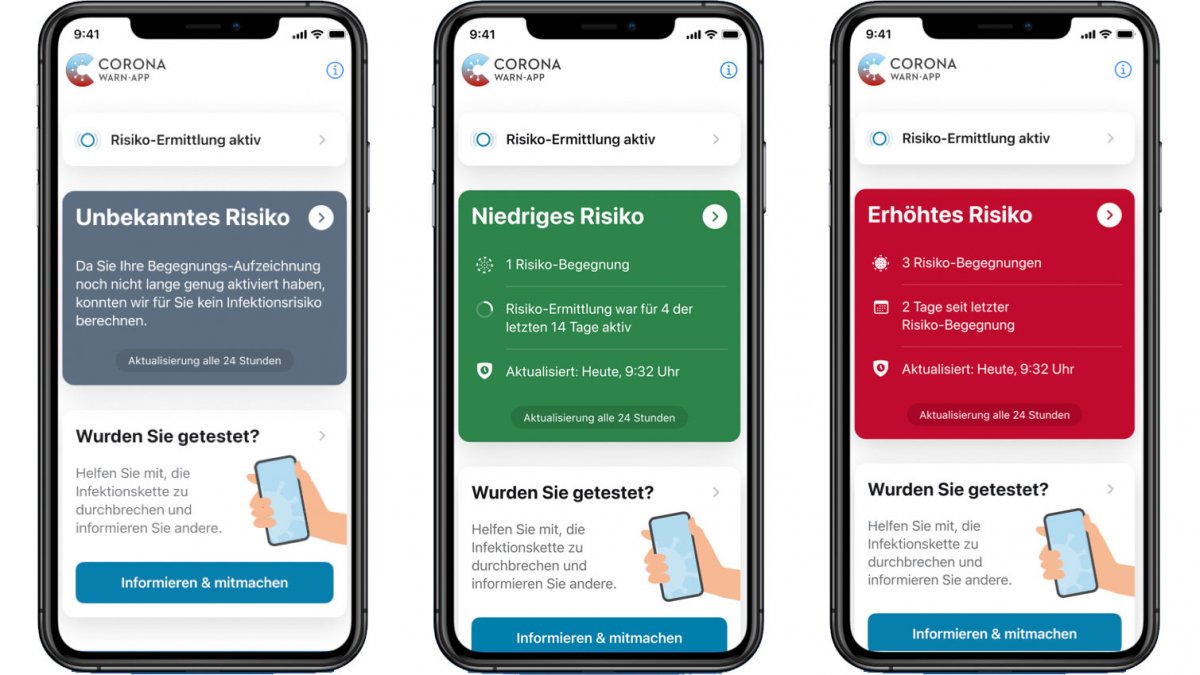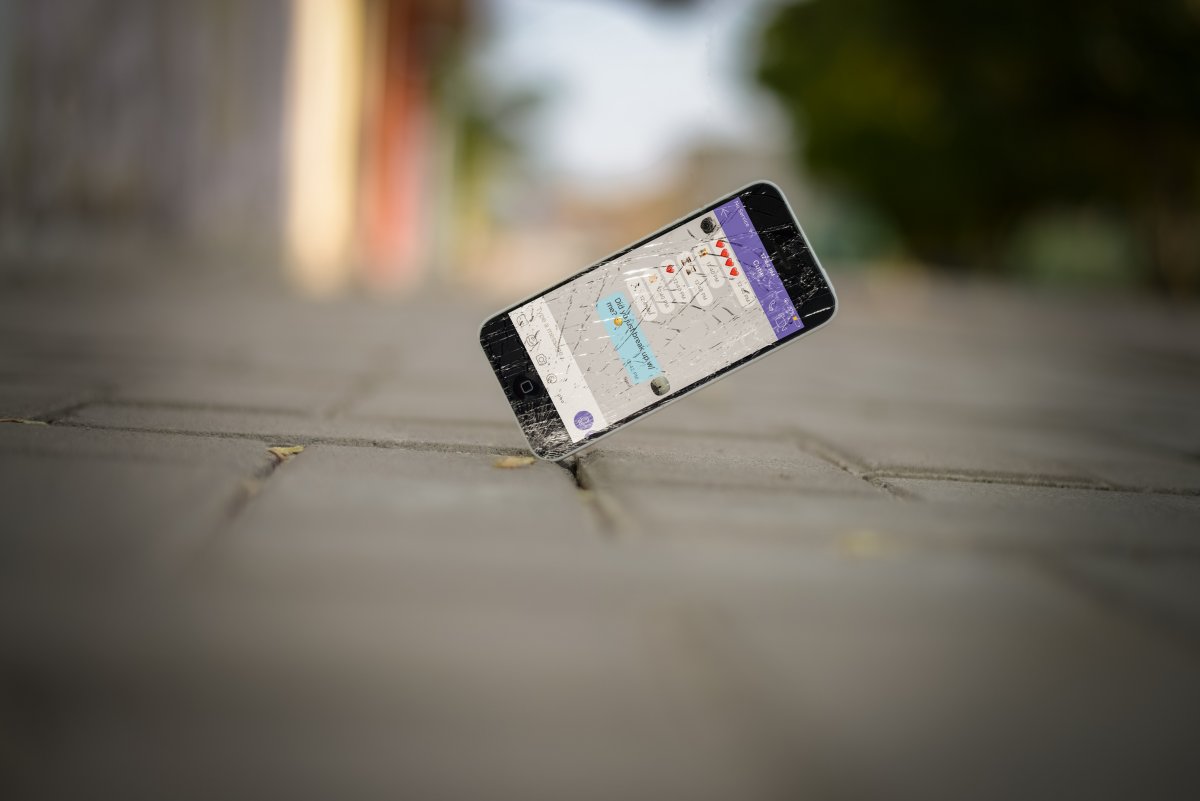Testing Tests overview Smartphone Motorola Moto G 5G Plus test: A lot of battery for little money Huawei P Smart 2021: Budget model with room for improvement Asus Zenfone 7 Pro: Turbo smartphone with flip camera Samsung Galaxy Xcover Pro in the test: hard but slow Oneplus Nord N 09 5G in the test: Galloped up in price Oppo Find X2 Pro in the test: performance bargain Asus ROG Phone 3 in the test: Perfect gaming smartphone Smartwatch Oppo Watch in the test: Great AMOLED Smartwatch from 221 € Samsung Galaxy Watch 3 in the test: competition for Apple? Huawei Watch GT 2 Pro in the test: Smartwatch with cross-country battery Apple Watch: Smartwatch with contract from 15 € per month Buy Apple Watch 6: All generations in the price check Skagen Falster 3 im Test: Smartwatch with Wear OS Test Huawei Watch GT 2: Noble fitness tracker in watch form Multiroom Ikea Symfonisk table lamp in the Tes t: Sonos with lamp Ikea Symfonisk in the test: Sonos speakers under 100 Euro Bose Portable Home Speaker in the test: battery , WLAN, Airplay 2 Sonos Move in the test: The robust all-rounder Musiccast: Multiroom from Yamaha in the test Denon Heos in the test: versatile multiroom system Flat soundbar Teufel Sounddeck Streaming in the test Keyfinder Tile Slim (2019): Key finder in credit card format Bluetooth key finder Tile Pro in the test: 122 m range! Key finder Tile Pro in the test: the range champion Orbit Bluetooth tracker in the test: looking for wallet and keys Nonda iHere 3.0 : smart key finder under test Chipolo Classic and Plus: Bluetooth key finder under test Musegear finder 2: Keyfinder without mandatory registration Action-Cam DJI Pocket 2 in the test: Zoom and 64 – Megapixel sensor Actioncam Insta 360 One R: 1-inch image sensor in the test Gopro Hero 8 Black in the test: Back to the top Insta 360 One R in the test: The modular action cam Motorola Moto G8 Plus test: Great smartphone, but … Insta 360 Go: Micro-GoPro in the test Motorola One Action Test: Good hardware, bad camera microSD In the test: Kingston UHS-I U3 microSDXC Kit MicroSD card for smartphone: Samsung Evo Plus 2017 Test report: Lexar Professional 1800 x microSDXC Kit Test report: Intenso Premium microSDXC card with 64 GByte Android Sonos Move in the test: The robust all-rounder Honor 19: Inexpensive high-end smartphone in the test Xiaomi Mi 9: Top technology at a bargain price Doogee S 90 in the test: modular outdoor smartphone ZTE Axon 10 Pro in the test: High -End-Phone at a competitive price Motorola Moto G7 Power in the test: large battery, small price Sony Xperia 09: Smartphone with 21: 9 display in the test Adviser Advisor overview Purchase advice The right cordless screwdriver for the home workshop Bargain: Which Fire TV Stick from 19 € is the right one? Purchase advice: What good is a leaf blower with a battery for 45 Euro? True wireless -Headphones: How much do you have to invest? Buying advice water cooling: High-end PCs cool better Adviser: Air conditioning and fan against the heat wave Sony shows the Xperia 1: Is the predecessor XZ3 worth it now? Practice Caution, money away: Kickstarter & Co. are not shops Android -Switch off notifications from annoying apps Here’s how: Install the new Android L keyboard now Tip: Use “Ok Google everywhere” in Germany In the test: Does the Jail break for iOS 7.1? Goderma and mobile medicine: The doctor apps are coming! Instructions: Jailbreak for iOS 7 on iPhone 5S, 5, 4S and 4 Technology Importing technology from China, part 2: Customs , Taxes and tricks Drones & copters: From toys to FPV racers What does the end of an ecosystem mean? Smartphones with a flexible display: What does that bring me ? Smartphone processors at a glance: Everything Snapdragon? Evolutionary dead ends: the very worst cell phones mpass: Pay with the NFC mobile phone – or the NFC toilet roll Display calculator Calculate pixel density, number and display proportion Best list Test winner Price comparison Price comparison overview Smartphones from Android 7.0 Phablets with stylus Fitness tracker with GPS Bluetooth headphones with ANR Drones with GPS Video TechStage Test Ikea Symfonisk table lamp in the test: Sonos with lamp Start Technical data Facility sound price Conclusion Comments Sonos loudspeakers combined with a table lamp, and the Ikea Symfonisk is ready. TechStage tests the multi-room loudspeaker and says who should strike and for whom other Sonos products are worthwhile.
In addition to the simple symphonic Speakers (test report) Ikea has developed a second device with Sonos. The big difference: There is an E on the speaker 14 – version, next to music it also emits light. Nevertheless, the idea is not bad and the price of the Symfonisk table lamp is on par with a Sonos One SL.
We test the network loudspeaker as part of our Multiroom theme world. Not only other tests on Sonos products appeared there, such as the Sonos Arc (test report), the Sonos One (test report) or the battery-powered Sonos Move (test report). We also take a look at other multiroom systems there, such as Denon Heos (test report), Yamaha Musiccast (test report), Teufel Raumfeld (test report) or speakers that connect directly via Spotify Connect.
Design and technical data The symfonisk light consists of three parts: A wide, plate-like base with the three control elements volume up, volume down and start / pause. The loudspeaker sits on top of it in a cylindrical shape, which is interrupted by the rotary switch for the light on the side. Finally, at the top is the lampshade. It has a broad base and tapers towards the top, reminiscent of a classic floor lamp. The lamp takes bulbs with an E 13 – socket with a maximum of 7W. This makes it bright enough to be used as a reading lamp. Opinions are likely to differ on design. In the editorial team and among friends, opinion fluctuates between “cool” and “looks like a toilet paper holder”. However, the device does its job well, both as a lamp and as a loudspeaker.
Left the Symfonisk light, right the Symfonisk loudspeaker. It is important to know that the lighting function is completely separated from the Sonos and Multiroom features. The audio is played back in the classic way via the Sonos app for Android, iOS, Windows or Mac OS. The lamp can be switched on or off using the rotary switch on the side. Smart functions or automatisms for light are missing. However, this can be retrofitted with smart lamps.
On the back, next to the power connection, is the typical Sonos network connector, but in most cases you will probably use the WLAN for access to the network use.
Setup and Sonos integration As with the Symfonisk loudspeaker, there is a complete Sonos system in the multiroom lamp from Ikea . In other words, the luminaire can be completely controlled via the Sonos app and is compatible with all of the manufacturer’s other products. Whether as a multiroom group, as a stereo pair or in combination with a soundbar, on the app side there is no difference between Sonos directly from the manufacturer and Sonos from Ikea.
The setup is accordingly simple. In the Sonos app, go to “Add system” via the settings and then follow the instructions in the app. It’s easy and done in a few minutes. Then you can choose the name and / or the location. If available, a firmware update will be installed.
The buttons for the typical Sonos commands are on the wide coaster. sound The sound body of the Symfonisk lamp creates a surprisingly good sound, especially in the bass range. Here the Symfonisk lamp even creates a little more bass than the comparable Sonos One SL. However, it lacks protection against splash water or the Alexa microphones of the Sonos One (test report). Still, the sound is very good, as you would expect from a Sonos device. In other words, streaming is not a problem, but anyone who prefers to listen to vinyl or is one of the particularly audiophiles will have to resort to another solution.
In addition, there is an equalizer in the apps for Android and iPhone, with which you can, for example, turn down the bass a little. Users of iPhone and iPad or other Sonos products such as the Sonos Arc (test report) can also use the Trueplay features to automatically measure the loudspeaker. This is particularly useful if you use the lights as back speakers for the Sonos soundbars to transform the virtual 5.1 into real surround sound.
Ikea Symfonisk table lamp (6 pictures) The Ikea Symfonisk table lamp combines Sonos speakers with a lamp.
Price The Sonos Symfonisk table lamp is available in two versions: one in white and gray, one in black.
Ikea Symfonisk table lamp , White
Ikea Symfonisk table lamp, black
Ikea loudspeaker, white
Ikea speakers , black
Sonos One SL, black
Sonos One SL, black
€ 179, 00
Free Shipping
available
To offer
More offers in the Heise price comparison € 179, 00
Free Shipping
available
To offer
€ 280, 00
Free Shipping
In stock
To offer
€ 350, 00
Shipping from € 2, 99
In stock
To offer
More offers in the Heise price comparison € 99, 00
Free Shipping
available
To offer
€ 104, 00
Free Shipping
available
To offer
€ 109 , 00
Free Shipping
available
To the Offer
More offers in the Heise price comparison € 99, 00
Free Shipping
available
To offer
€ 104, 00
Free Shipping
available
To offer
€ 109, 00
Free Shipping
available
To offer
€ 179, 99
Free Shipping
In stock
To offer
More offers in the Heise price comparison € 181, 90
Shipping from € 4, 99
Available immediately, delivery time max. 1-3 Working days
To offer
€ 184, 90
Free Shipping
3 to 4 weeks
To offer
€ 184, 90
Free Shipping
in stock (online shop)
To offer
€ 184, 90
Free Shipping
in stock (online shop)
To the Offer
More offers in the Heise price comparison € 184, 90
Shipping from € 4, 99
probably available from 18. 03. 2021
To offer
€ 184, 97
Free Shipping
see shop
To offer
€ 189, 00
Shipping from € 4, 99
NOT immediately ready for dispatch, item is in arrears
To offer
€ 189, 00
Free Shipping
immediately available / delivery time: 1-2 working days
To offer
Other offers in the Heise price comparison Advertisement: Buy Sonos One SL white from galaxus € 199, 00
Free Shipping
In stock, 1-2 working days
To the Offer
Conclusion Unlike the Symfonisk speakers, the Symfonisk table lamp has direct competition in the Sonos One SL, both cost about 181 Euro. Accordingly, you have to decide what you want. The Symfonisk table lamp is significantly larger than the loudspeaker, but has the great advantage that, thanks to its light, it is not only a loudspeaker but also a piece of furniture. If you want that, you can get a good table lamp with a very good multiroom speaker and one of the best apps for control.
If you are looking for a cheaper Sonos speaker, we definitely recommend the Symfonisk speaker (test report), which is less than 100 Euro costs. Otherwise, we recommend taking a look at the guide to multiroom systems: Sound in every room.
Permalink: https://techstage.de/-5025898
Tags
Ikea Multiroom Multiroom speakers Sonos Symfonisk Marshall Kilburn II in the test: Bluetooth box with ret ro-charm Test: Need for Speed Hot Pursuit Remastered for the Switch
